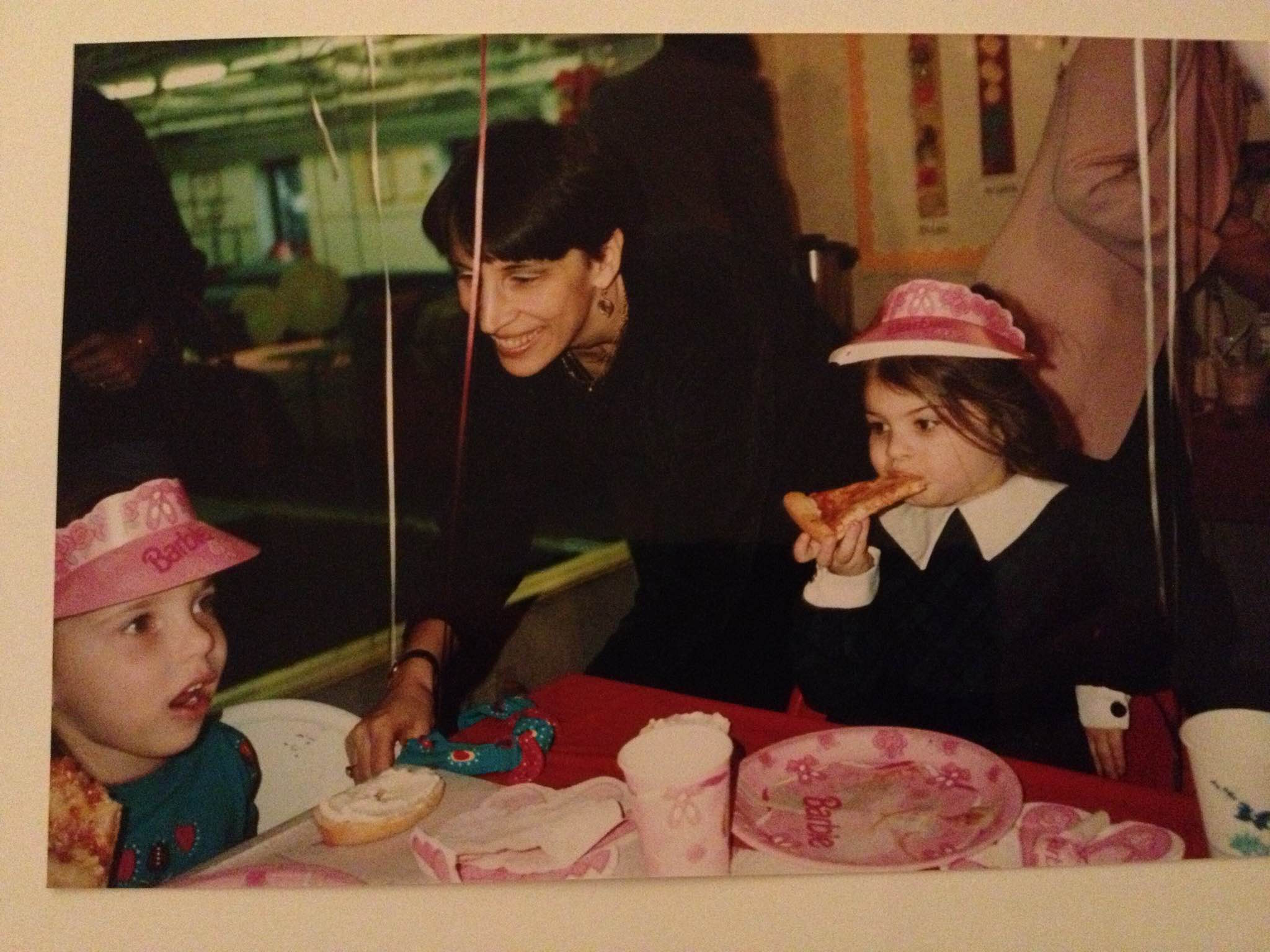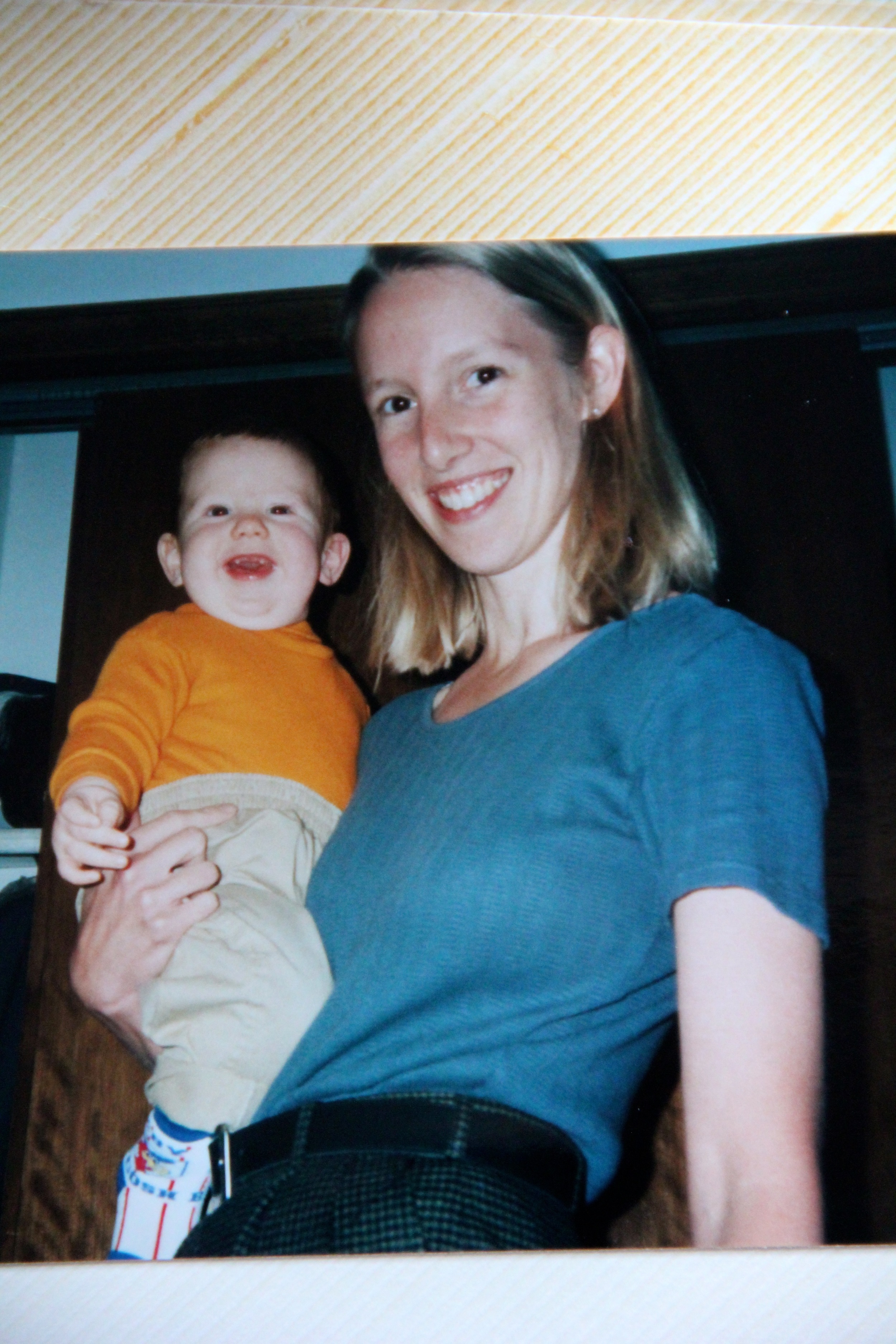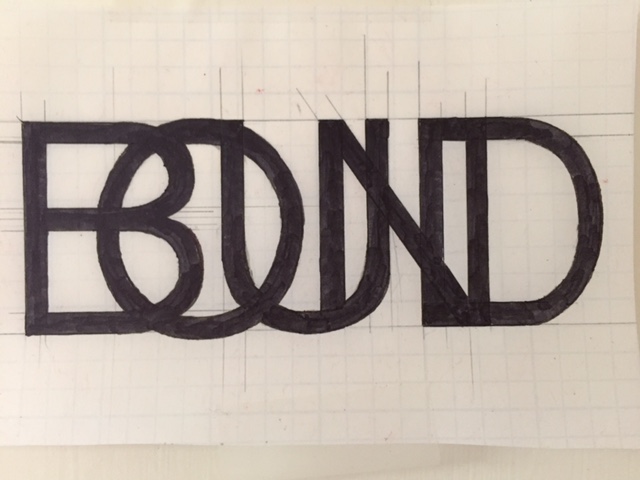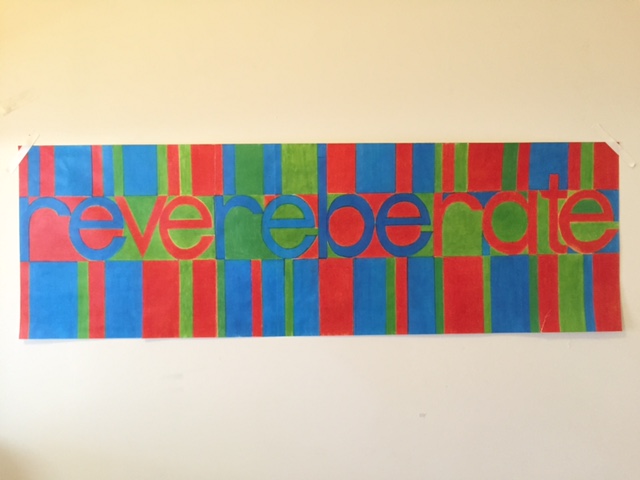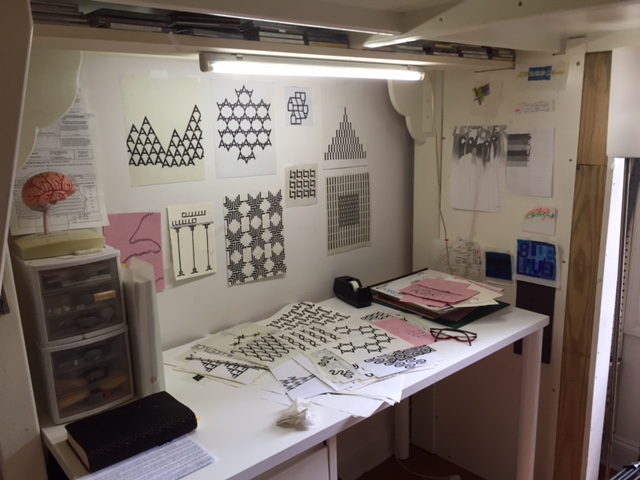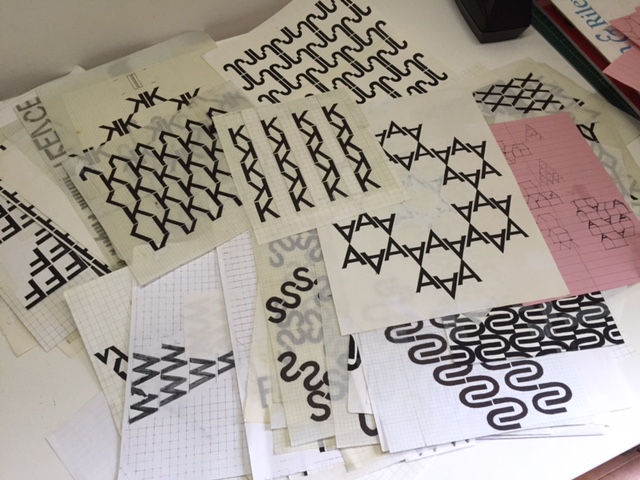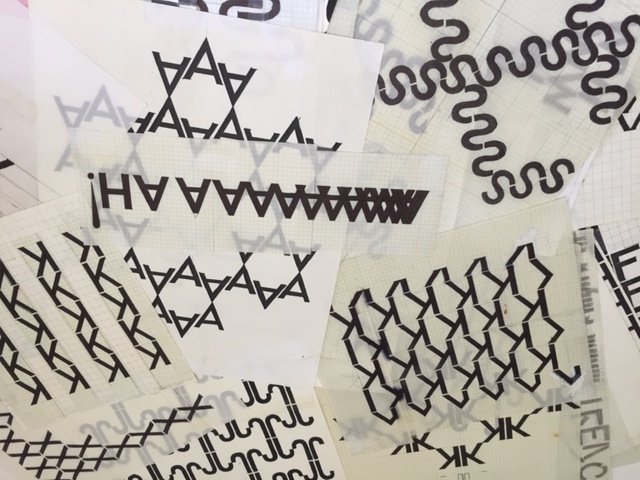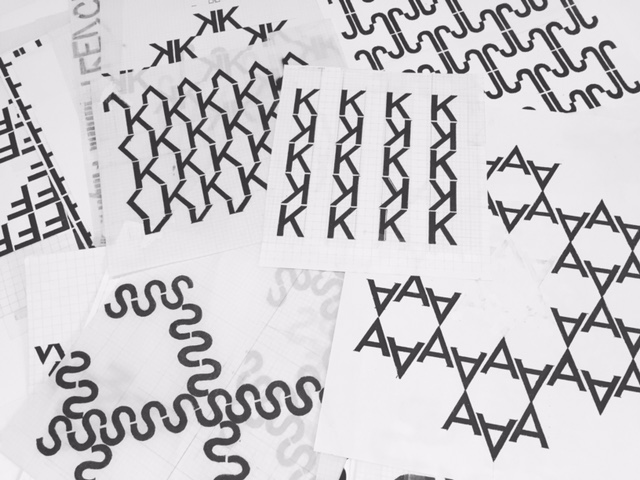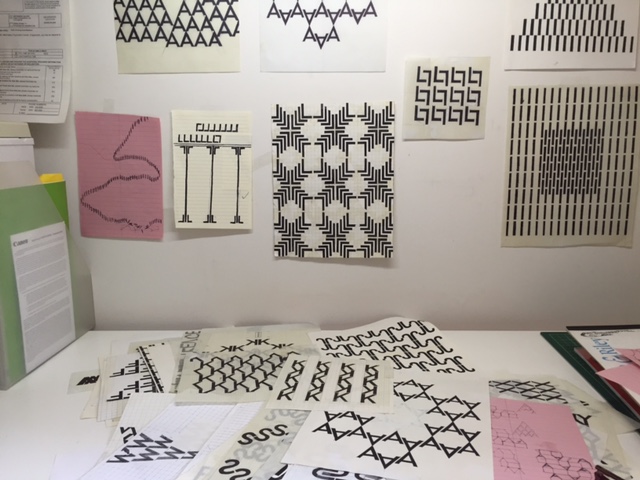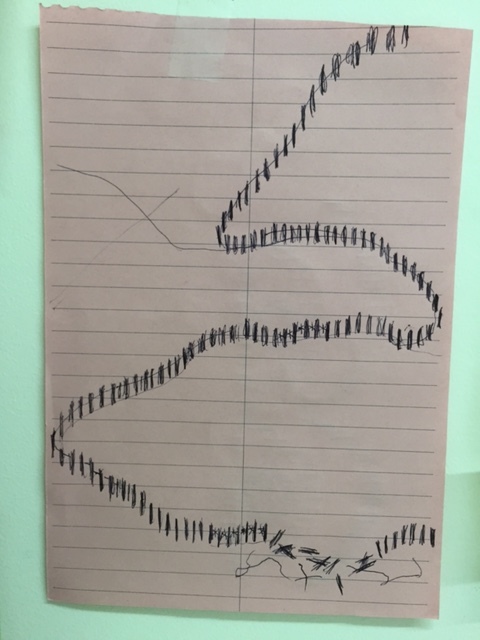Mom, Dad, Uncle, Auntie, Grandfather, Grandmother:
We need to talk.
You may not have grown up around people who are Black, but I have. Black people are a fundamental part of my life: they are my friends, my classmates and teammates, my roommates, my family. Today, I’m scared for them.
This year, the American police have already killed more than 500 people. Of those, 25% have been Black, even though Black people make up only 13% of the population. Earlier this week in Louisiana, two White police officers killed a Black man named Alton Sterling while he sold CDs on the street. The very next day in Minnesota, a police officer shot and killed a Black man named Philando Castile in his car during a traffic stop while his girlfriend and her four-year-old daughter looked on. Overwhelmingly, the police do not face any consequences for ending these lives.
This is a terrifying reality that some of my closest friends live with every day.
Even as we hear about the dangers Black Americans face, our instinct is sometimes to point at all the ways we are different from them. To shield ourselves from their reality instead of empathizing. When a policeman shoots a Black person, you might think it’s the victim’s fault because you see so many images of them in the media as thugs and criminals. After all, you might say, we managed to come to America with nothing and build good lives for ourselves despite discrimination, so why can’t they?
I want to share with you how I see things.
It’s true that we face discrimination for being Asian in this country. Sometimes people are rude to us about our accents, or withhold promotions because they don’t think of us as “leadership material.” Some of us are told we’re terrorists. But for the most part, nobody thinks “dangerous criminal” when we are walking down the street. The police do not gun down our children and parents for simply existing.
This is not the case for our Black friends. Many Black people were brought to America as slaves against their will. For centuries, their communities, families, and bodies were ripped apart for profit. Even after slavery, they had to build back their lives by themselves, with no institutional support—not allowed to vote or own homes, and constantly under threat of violence that continues to this day.
In fighting for their own rights, Black activists have led the movement for opportunities not just for themselves, but for us as well. Black people have been beaten, jailed, even killed fighting for many of the rights that Asian Americans enjoy today. We owe them so much in return. We are all fighting against the same unfair system that prefers we compete against each other.
When someone is walking home and gets shot by a sworn protector of the peace—even if that officer’s last name is Liang—that is an assault on all of us, and on all of our hopes for equality and fairness under the law.
For all of these reasons, I support the Black Lives Matter movement. Part of that support means speaking up when I see people in my community—or even my own family—say or do things that diminish the humanity of Black Americans in this country. I am telling you this out of love, because I don’t want this issue to divide us. I’m asking that you try to empathize with the anger and grief of the fathers, mothers, and children who have lost their loved ones to police violence. To empathize with my anger and grief, and support me if I choose to be vocal, to protest. To share this letter with your friends, and encourage them to be empathetic, too.
As your child, I am proud and eternally grateful that you made the long, hard journey to this country, that you've lived decades in a place that has not always been kind to you. You've never wished your struggles upon me. Instead, you’ve suffered through a prejudiced America, to bring me closer to the American Dream.
But I hope you can consider this: the American Dream cannot exist for only your children. We are all in this together, and we cannot feel safe until ALL our friends, loved ones, and neighbors are safe. The American Dream that we seek is a place where all Americans can live without fear of police violence. This is the future that I want—and one that I hope you want, too.
With love and hope,
Your children












